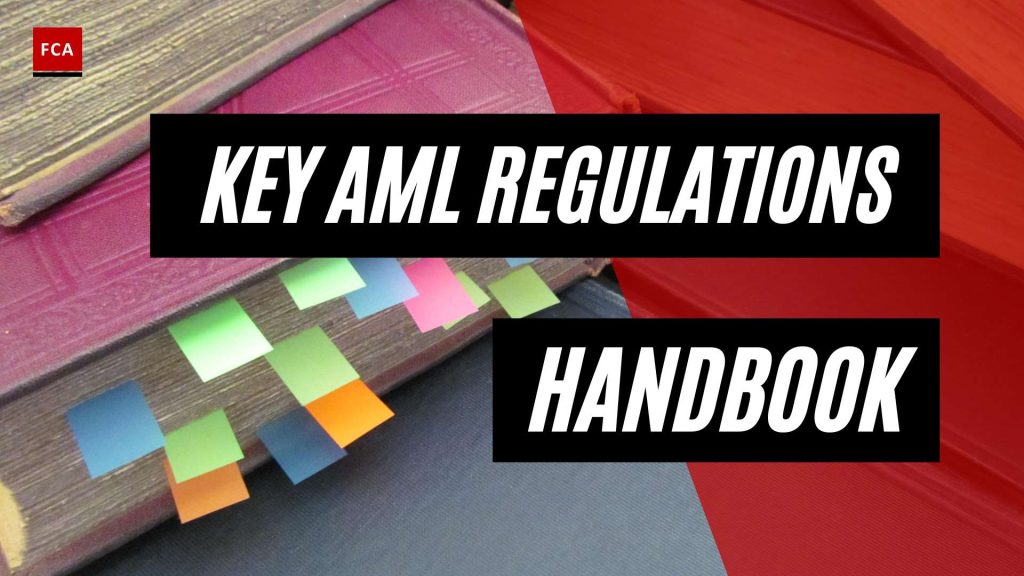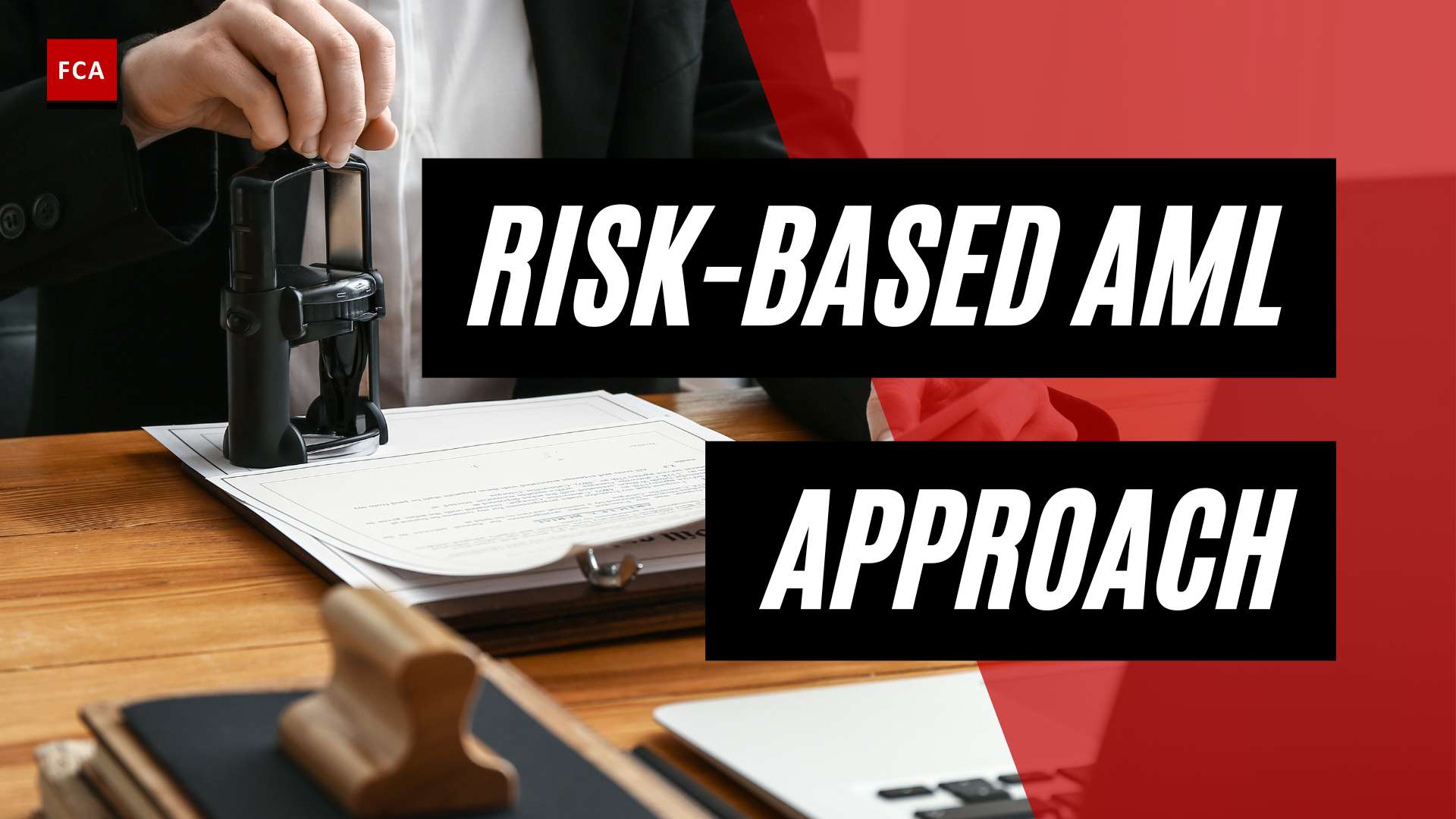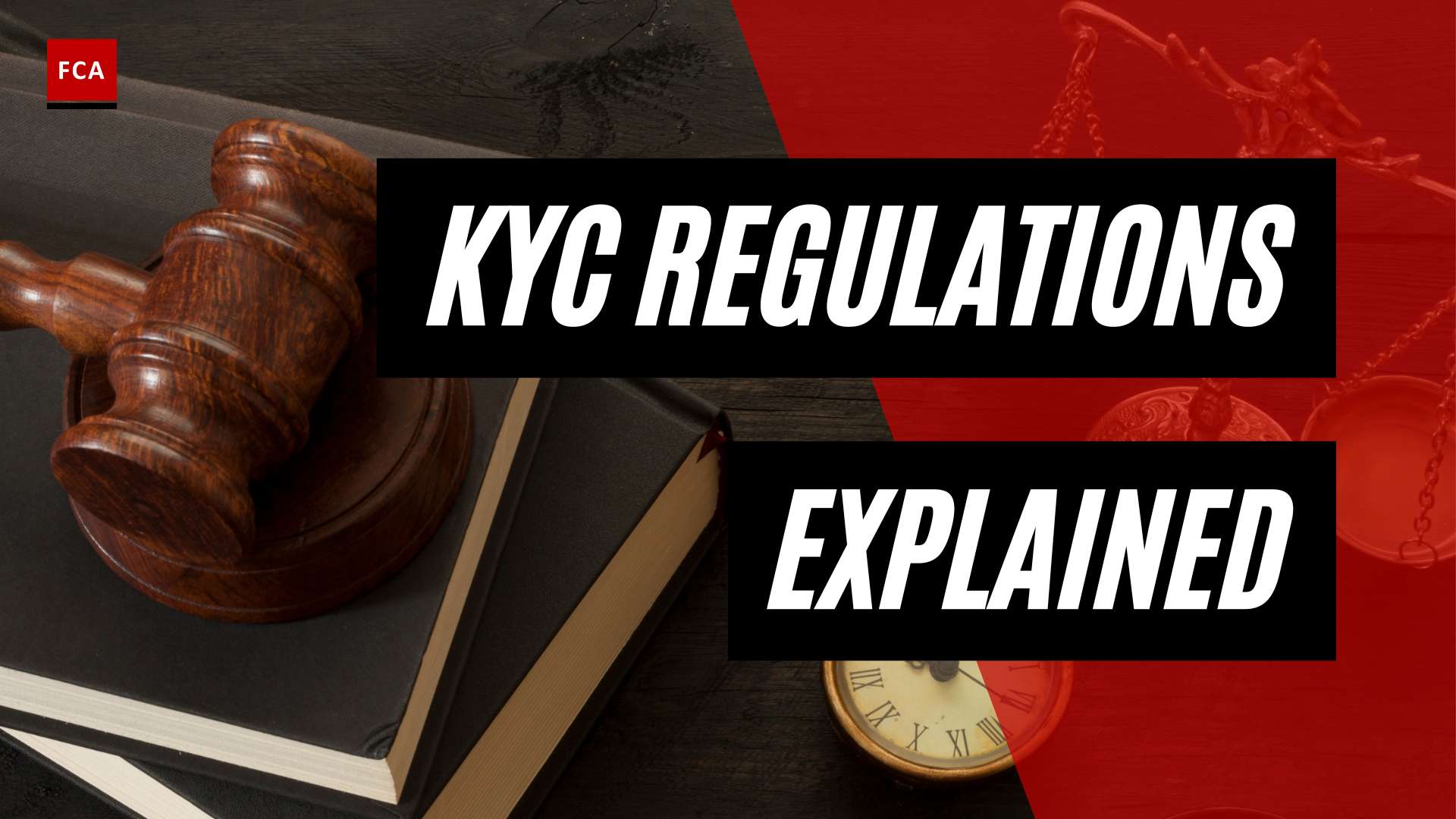Understanding AML Regulations
Before diving into the specifics of anti-money laundering regulations in various jurisdictions, it’s crucial to understand the basics of what these regulations mean and why they exist.
Definition and Purpose of AML
Anti-money laundering (AML) refers to a set of procedures, laws, and regulations designed to prevent criminals from disguising illegally obtained funds as legitimate income. AML regulations require financial institutions and other regulated entities to prevent, detect, and report money laundering activities.
The main purpose of AML regulations is to deter criminals from carrying out illegal activities, including fraud, corruption, market manipulation, and trading illegal goods. By implementing stringent AML procedures, financial institutions can effectively identify suspicious activities, prevent the occurrence of money laundering, and report such activities to the relevant authorities.
The specific requirements for AML can vary from jurisdiction to jurisdiction, but they generally involve establishing a risk-based approach to financial crime, implementing a robust internal control system, conducting regular AML risk assessments, performing due diligence on customers, and maintaining comprehensive records of transactions for AML transaction monitoring purposes.
Key AML Regulatory Bodies
Anti-money laundering regulations are enforced on a global scale by various international agencies. One of the most notable is the Financial Action Task Force (FATF), an intergovernmental body that sets international standards for combating money laundering, terrorist financing, and other related threats to the integrity of the international financial system.
The FATF plays a significant role in updating and refining AML regulations to keep pace with new technologies and changing risk landscapes. For instance, it acknowledges the risks posed by money laundering to the integrity and stability of society’s financial systems with the rise of technology in transactions.
On a national level, various countries have their own regulatory bodies that oversee the implementation and enforcement of AML regulations. In the United States, for instance, the Department of the Treasury and its Financial Crimes Enforcement Network (FinCEN) are responsible for enforcing the Bank Secrecy Act, one of the country’s key AML laws.
Understanding these regulatory bodies and the roles they play in enforcing AML regulations is key to maintaining compliance with these regulations. Professionals working in compliance, risk management, and anti-financial crime should be well-versed in the relevant AML laws in their respective regions, and should also stay up-to-date with the latest AML compliance requirements and AML compliance training to ensure they are well-equipped to tackle the challenges posed by money laundering.
AML Laws in the United States
The United States has a robust legal framework for combating money laundering and financing of terrorism. Two of the most critical anti-money laundering regulations in the country are the Bank Secrecy Act and the USA PATRIOT Act.
The Bank Secrecy Act
The Bank Secrecy Act (BSA), introduced in 1970, is the primary U.S. law for fighting and preventing money laundering. The BSA mandates that U.S. banks and financial institutions have an internal AML program in place, with specific reporting and record-keeping obligations. This includes risk-based Customer Due Diligence (CDD) measures, as well as screening for politically exposed persons (PEPs), sanctions, and adverse media.
Violations of the BSA can lead to severe consequences, with penalties reaching up to $500,000 and imprisonment for up to 10 years. Therefore, businesses must ensure they have robust AML compliance requirements and training programs in place to stay in line with the BSA.
The USA PATRIOT Act
In response to the September 11 terrorist attacks, the United States introduced the USA PATRIOT Act. This law added new CDD and screening requirements to the BSA, targeting financial crime associated with money laundering and terrorism financing. The PATRIOT Act also significantly increased the penalties for non-compliance – violations can result in fines of $1 million or double the value of the transaction.
The USA PATRIOT Act’s introduction underscores the importance of having an effective AML transaction monitoring system in place. Businesses should also consider investing in AML compliance software to help manage their compliance obligations effectively.
In 2021, the U.S. also passed the Anti-Money Laundering Act 2020 (AMLA) as a significant amendment to the BSA since the introduction of the PATRIOT Act (Ripjar). This act further strengthens the U.S.’s regulatory framework against money laundering and terrorism financing, highlighting the evolving nature of AML laws and regulations.
AML Regulations in the European Union
In the European Union (EU), anti-money laundering regulations are enforced via a series of directives known as the EU Anti-Money Laundering Directives (AMLDs). Additionally, the recent departure of the United Kingdom from the EU, commonly known as Brexit, has implications on AML regulations.
EU Anti-Money Laundering Directives
The EU issues Anti-Money Laundering Directives periodically to standardize AML/CFT (anti-money laundering/counter-terrorism financing) regulations across the bloc. The latest EU directives are the Fifth Anti-Money Laundering Directive (5AMLD) and the Sixth Anti-Money Laundering Directive (6AMLD), which introduced key AML/CFT measures implemented on January 10, 2020, and June 3, 2021, respectively.
The 6AMLD, in particular, established regulatory requirements for EU member states, introducing increased penalties and criminal liability for legal persons involved in money laundering (Unit21). The directives require institutions to establish robust AML compliance processes, such as risk-based checks, customer due diligence (CDD), and transaction monitoring.
Impact of Brexit on AML
Despite the UK’s departure from the EU, the country has committed to implementing aspects of the Sixth Anti-Money Laundering Directive (6AMLD). Primary AML/CFT regulations in the UK include the Money Laundering, Terrorist Financing and Transfer of Funds Act 2017, the Proceed Of Crime Act 2002, and the Terrorism Act 2000.
Financial institutions in the UK are still required to perform risk-based checks on customers, conduct customer due diligence (CDD) checks, establish ultimate beneficial ownership (UBO), screen against PEP lists and sanctions lists, and run adverse media checks. The effectiveness of these measures can be enhanced through the use of AML compliance software and regular AML compliance training for staff.
Overall, while Brexit has brought changes to the UK’s relationship with the EU, the country remains committed to the principles of AML outlined in the EU directives and continues to enforce robust AML compliance requirements.
AML Framework in Asia-Pacific
In the Asia-Pacific region, anti-money laundering regulations have been put in place to combat the evolving threats of money laundering, terrorist financing, and other related threats to the integrity of the international financial system.
AML Regulations in Singapore
Singapore, as an FATF member-state, has implemented a risk-based approach to Anti-Money Laundering/Countering the Financing of Terrorism (AML/CFT) in its domestic legislation. Its main money laundering regulation is the Corruption, Drug Trafficking and Other Serious Crimes (Confiscation of Benefits) Act (CDSA). This law not only defines the offence of money laundering but also sets out relevant Customer Due Diligence (CDD) measures and screening controls required for compliance (Ripjar).
In 2020, Singapore expanded AML/CFT regulations to include payment service providers and fintech services through the Payment Services Act (PSA). The Monetary Authority of Singapore (MAS) provides AML/CFT supervision in Singapore, ensuring that all regulated entities adhere to the country’s comprehensive AML compliance requirements.
Singapore’s rigorous AML regulatory framework underscores the importance of effective AML due diligence and AML transaction monitoring as key components of a robust AML compliance program.
Role of the Asia/Pacific Group
The Asia/Pacific Group on Money Laundering (APG), an autonomous and collaborative international organization, plays a significant role in strengthening and enhancing the effectiveness of AML regulations within the Asia-Pacific region. The APG covers 41 jurisdictions and establishes policies, standards, and procedures as part of their anti-money laundering regulatory framework.
The APG works closely with member countries to develop AML/CFT measures that align with international standards and promotes the implementation of these measures by providing technical assistance and training. Furthermore, it conducts mutual evaluations of member countries to assess their compliance with international AML/CFT standards.
The work of the APG underscores the importance of international cooperation and collaboration in the fight against money laundering and terrorist financing. It also highlights the need for continuous learning and improvement, underscoring the value of AML compliance training in maintaining an effective AML compliance program.
Understanding the AML framework in the Asia-Pacific region, including Singapore’s AML regulations and the role of the APG, is essential for professionals working in compliance and risk management. As anti-money laundering regulations continue to evolve, so must the methods and techniques used to combat money laundering and financial crime. This includes the use of AML compliance software and effective AML risk assessment strategies.
Penalties for AML Non-Compliance
Non-compliance with anti-money laundering regulations can lead to severe consequences for financial institutions. Understanding these penalties is essential for institutions aiming to mitigate risks associated with financial crime.
Consequences for Financial Institutions
Failure to adhere to AML laws and regulations can result in stiff penalties for financial institutions, including hefty fines, imprisonment, and loss of banking licenses. These punitive measures are designed to deter institutions from engaging in or enabling illicit activities such as money laundering and terrorism financing (Investopedia).
In the United States, for instance, the Bank Secrecy Act (BSA) of 1970 is a key law in fighting and preventing money laundering. Violations of the BSA can result in fines up to $500,000 and imprisonment for up to 10 years. Similarly, the USA PATRIOT Act introduced measures to target financial crime associated with money laundering and terrorism financing. Violations of this law can result in fines of $1 million or double the value of the transaction involved.
Moreover, violations of Office of Foreign Assets Control (OFAC) sanctions can result in fines up to $20 million and imprisonment for up to 30 years.
In addition to financial penalties and imprisonment, institutions that violate AML regulations may also face reputational damage, operational disruptions, and potential loss of business.
Notable AML Violation Cases
Numerous cases highlighting the severe consequences of non-compliance with AML regulations have been reported worldwide. These cases serve as cautionary tales for financial institutions and emphasize the importance of robust AML compliance programs, risk assessments, due diligence, and transaction monitoring practices.
Case 1: Swiss Bank
In 2014, a Swiss bank was fined $2.6 billion by U.S. authorities for helping American clients evade taxes. The bank admitted to aiding American clients in opening secret accounts, which violated AML regulations.
Case 2: UK Bank
In 2019, a major UK bank was fined $1.3 billion for violating AML and sanctions laws over a period of several years. The bank was found guilty of carrying out transactions with sanctioned countries and failing to stop money laundering activities.
These cases underscore the importance of adhering to AML regulations and maintaining effective AML compliance programs. Financial institutions should prioritize regular AML compliance training for their staff and ensure that they have robust customer identification programs in place.
Future of AML Compliance
The future of anti-money laundering regulations and compliance is taking shape around new technologies and trends. As the financial landscape becomes more digital and sophisticated, so too does the approach to AML compliance.
Role of Technology in AML
Technology has revolutionized AML compliance by automating processes, analyzing vast data, and detecting fraudulent activities in real-time. This enhancement in fraud detection speed and accuracy reduces the risk of human error and improves compliance by monitoring and recording all transactions. Financial technology or FinTech companies are increasingly leveraging technologies such as artificial intelligence (AI), machine learning, blockchain, and biometrics to detect and prevent financial crimes (LinkedIn).
For instance, AI and machine learning are being used to power AML transaction monitoring systems. These technologies are capable of analyzing large volumes of data to identify patterns and detect suspicious transactions, improving risk assessments and reducing false positives.
Blockchain is another technology that’s making a significant impact on AML compliance. This technology provides secure and transparent platforms for financial transactions, reducing the risk of fraud and enhancing traceability to identify suspicious transactions.
Biometrics is an emerging technology transforming AML compliance by providing secure and efficient ways to verify customer identity, preventing identity theft, and fraud. This technology is often used in conjunction with an AML Customer Identification Program to ensure the true identity of customers.
Emerging Trends in AML Compliance
Alongside technological advancements, several trends are shaping the future of AML compliance. The use of data analytics is becoming increasingly prevalent, with machine learning algorithms helping to identify patterns and detect suspicious activity in real-time.
Similarly, the use of blockchain technology in AML compliance is on the rise. By providing a secure and transparent platform for financial transactions, blockchain reduces the risk of fraud and enhances traceability, making it easier to identify suspicious transactions and comply with AML regulations.
Biometrics, too, is gaining popularity as a means of verifying customer identity, preventing fraud and identity theft, and enhancing overall AML compliance.
As the financial landscape continues to evolve, AML compliance will remain a top priority for financial institutions. By leveraging new technologies and staying up-to-date with emerging trends, these institutions can enhance their compliance efforts, protect their customers, and meet their AML compliance requirements. For more information on AML compliance, visit our page on AML laws and regulations.
Compliance Best Practices
To effectively adhere to anti-money laundering regulations, financial institutions need to follow certain compliance best practices. These practices help institutions detect, prevent, and report potential money laundering activities. We’ll explore two key areas: Suspicious Transaction Reporting and Customer Due Diligence Measures.
Suspicious Transaction Reporting
One of the primary responsibilities of financial institutions is to report suspicious transactions. Suspicious Transaction Reports (STRs) must be submitted to FINTRAC as soon as practicable after the institution establishes reasonable grounds to suspect that a transaction is related to money laundering or terrorist financing (FINTRAC). Notably, there is no monetary threshold associated with reporting a suspicious transaction.
Institutions can submit STRs to FINTRAC electronically, using either the FINTRAC web reporting system or the Batch reporting system. Paper submission is allowed only if the institution does not have the technological capacity for electronic reporting (FINTRAC).
It’s essential to note that even if a service provider is reporting on their behalf, the institutions themselves retain the legal responsibility to meet their obligations under the PCMLTFA and associated Regulations.
For effective suspicious transaction monitoring, institutions should consider using AML transaction monitoring tools, which can automate the detection and reporting process.
Customer Due Diligence Measures
Another key area of AML compliance is Customer Due Diligence (CDD). CDD measures involve verifying the identity of customers and assessing their risk profiles. This includes procedures such as Know Your Customer (KYC) checks and ongoing monitoring of customer transactions.
Innovative technologies like eKYC (electronic Know Your Customer) are increasingly being used for CDD procedures. These digital identification solutions streamline the identity verification process for institutions and contribute to more efficient compliance.
Institutions should also implement a robust AML risk assessment process to better understand and manage the money laundering and terrorist financing risks associated with their customers.
Adhering to these compliance best practices not only helps financial institutions fulfill their regulatory obligations but also protects them from the severe civil and criminal penalties associated with AML non-compliance, including fines, jail time, and business sanctions. For comprehensive understanding and training on AML regulations and best practices, consider enrolling in AML compliance training programs.








